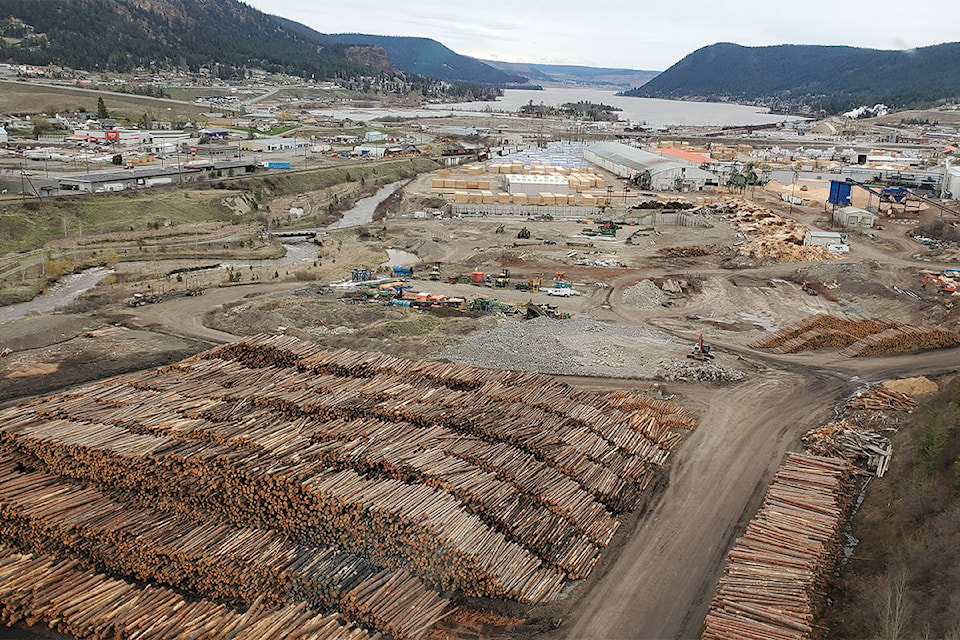Almost 900 people have applied for pension bridging since support programs for displaced Interior forestry workers were introduced in October 2019.
Terry Tate, temporary business agent with the United Steelworkers Union Local 1-2017, hired as a consultant to help run the provincial government’s Forestry Worker Support Program said some of the programs have been held up because of COVID-19, while other programs are progressing, especially pension bridging.
One of the positive aspects has been that some of the employers have agreed, as their contribution toward the pension bridging program, to provide health benefits and dental benefits for a period of time for employees who are retiring.
“We identified early on that money is nice but when you retire if you have any health issues the cost of purchasing your own health and welfare benefits and dental can be significant,” Tate said.
Some people have declined the pension bridging because they believe it does not provide them with enough money, he confirmed.
Read more: Supports program available for displaced Interior forestry workers
All the applications from workers that were involuntary as a result of mill closures have been processed and the focus is now on the voluntary applications.
“As those people transition to retirement, we can work with others who may have been displaced to give them an opportunity,” Tate said.
Across the region — which covers from 100 Mile House north — 83 people have been hired in full-time forestry, construction, major projects and mining jobs.
Another 30 people have moved into new types of jobs in health care, transportation and automotive.
There are a number of workers waiting for training courses, which include at educational facilities such as the College of New Caledonia.
“Although some certifications required can be accessed online the vast majority require in-house instruction,” Tate added, noting they are all hoping by late June some form of instruction will be allowed in a modified way given the challenges presented with COVID-19.
Additionally, when the virus hit many large camps went into lock-down, so that has put a damper on the ability to get more displaced workers into new jobs.
Read more: United Nations committee on racism calls for halt to Site C, Trans Mountain and LNG pipeline
May and June were supposed to be the major hiring season for the Site C project and Tate said they were looking at retaining 6,000 people.
“Of course, with the virus, things have been pushed back and made more complicated. Not impossible that people will get placed, but it’s a real challenge.”
Tate said they are hoping June is going to be a little bit better if things are relaxed and more protocols are put in place to protect people from the virus.
In work camps, workers are potentially going back home every two or three weeks, so the rules being put in place are significant, he added.
“We have been working with our support team at Site C to deal directly with contractors who may be hiring and the skill sets they are looking for.”
Tate noted it has been frustrating for people who are waiting to be hired.
Information about the support offered can be found on the government website https://forestryworkersupport.gov.bc.ca/ or by calling 1-844-478-0822.
news@wltribune.com
Like us on Facebook and follow us on Twitter
